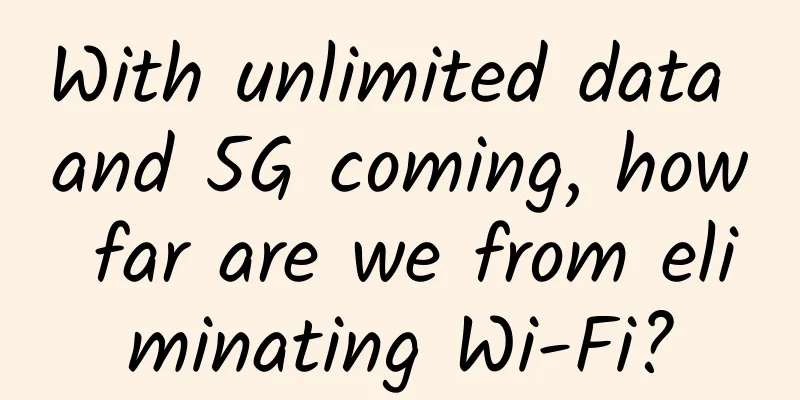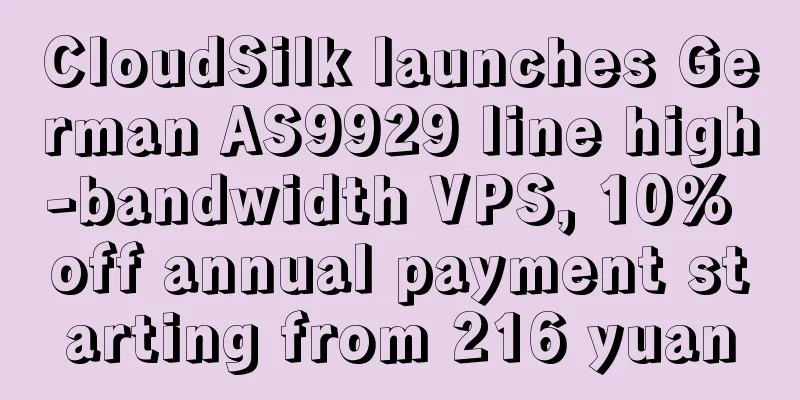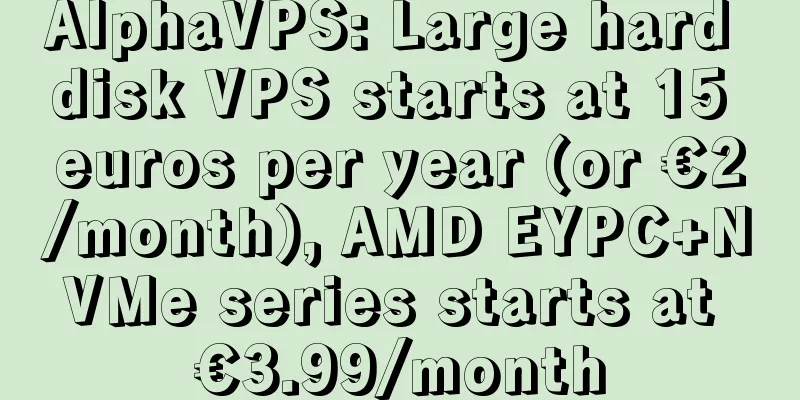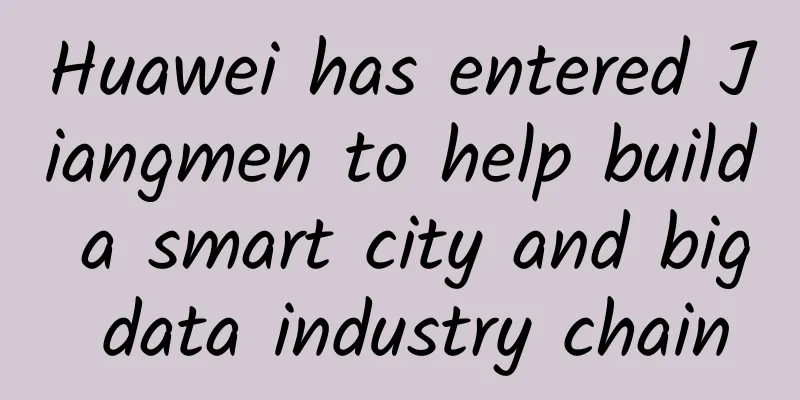Redis actually has a custom network communication protocol?

|
All network communications require both parties to comply with the same protocol in order to be interconnected. The Redis protocol makes a compromise between the following points:
Network Layer Redis listens for incoming connections on TCP port 6379. When a client connects, the Redis server creates a TCP connection for it. Each Redis command or data transmitted between the client and the server ends with \r\n. ask Redis receives commands consisting of different parameters. Once a command is received, it will be processed immediately and responded to the client. New Unified Request Protocol The new unified protocol was introduced in Redis 1.2, and in Redis 2.0, it became the standard way to communicate with a Redis server. In this unified protocol, all parameters sent to the Redis server are binary safe. The following is the general form:
Example:
The above command looks like a single-quoted string, so you can see the exact value of each byte in the query:
This format is also used in Redis responses. When replying in bulk, this format is used for each parameter. The actual unified request protocol is what Redis uses to return list items and calls Multi-bulk replies. It is just N different bulk replies prefixed with *\r\n, which is the number of parameters (bulk replies) that follow. response Redis replies to commands with different response types. It may check the reply type from the first byte sent by the server: Single-line response The first byte of the response will be +
Error message The first byte of the response is -
Integer The first byte of the response will be: Batch Response The first byte will be $
Multiple batch responses
|
>>: PAM4 and Coherent Technology in 100G DWDM Optical Modules
Recommend
Tencent Cloud Lightweight Server Special, 2C2G4M Lightweight Server starting from 65 yuan/year
Tencent Cloud recently launched a limited-time sp...
Review of 2019 | 5G: Networks and terminals develop rapidly, and manufacturers are betting on it
"The first year of 5G" has become synon...
RackNerd July promotion, $14.88/year - 1.2G memory, 18G hard drive, 2TB monthly traffic, 5 computer rooms
RackNerd continued to release several promotional...
Won the award again! Ruijie Networks won the title of "2021 ICT Industry Influential Enterprise"
On January 6, the "2022 ICT Industry Trends ...
IMIDC: Hong Kong/Taiwan KVM annual payment starts from US$49, Hong Kong server 30M bandwidth monthly payment starts from US$59
IMIDC, also known as Rainbow Cloud, is a local op...
A Preliminary Study on ASP.NET Core Api Gateway Ocelot
[[387094]] This article is reprinted from the WeC...
In-depth analysis of the operation results of Go Channel in each state
Hello everyone, I am Fisherman. Channel is a uniq...
Who is responsible for the rampant online black industry?
[[188973]] A set of data: According to the 38th &...
By 2027, global 5G IoT roaming connections will reach 142 million
A study conducted by Juniper Research reveals pro...
Hundreds of thousands of yuan in arrears! Many mobile users became poor overnight, netizens demanded "double refund for charging errors"
Everyone dreams of becoming rich overnight, but w...
WiFi will be replaced in the future, what do you think?
WIFI is really going to be replaced! But it's...
OlinkCloud: $4/month KVM-1GB/10G SSD/500GB/Germany
Olink.Cloud is said to be a site under the hostin...
CUBECLOUD VPS 12% off, Hong Kong/Los Angeles CN2 GIA monthly payment starts from 60 yuan
CUBECLOUD has released a promotion during the 618...
HawkHost: $5/month-1GB/30G SSD/2TB/Singapore, Hong Kong, Los Angeles and other data centers
When we talk about HawkHost, the first thing that...









